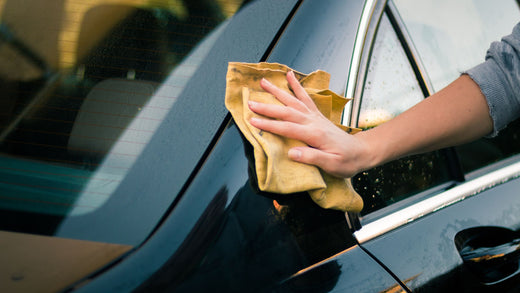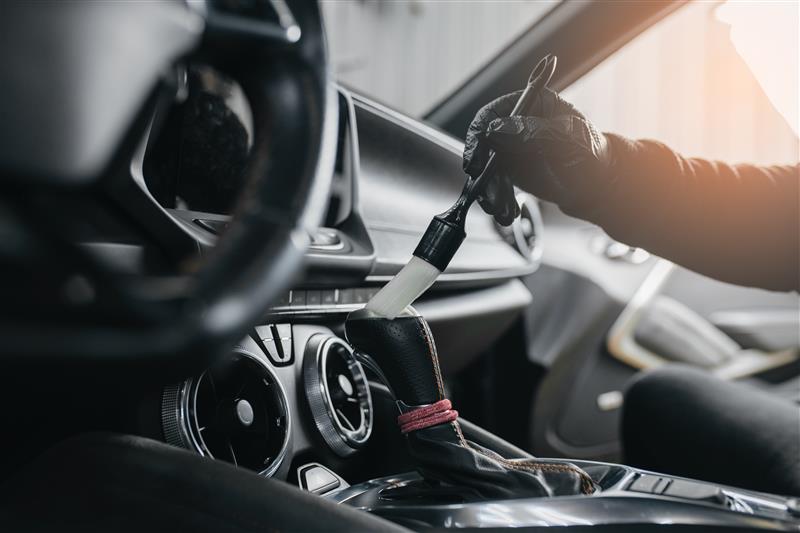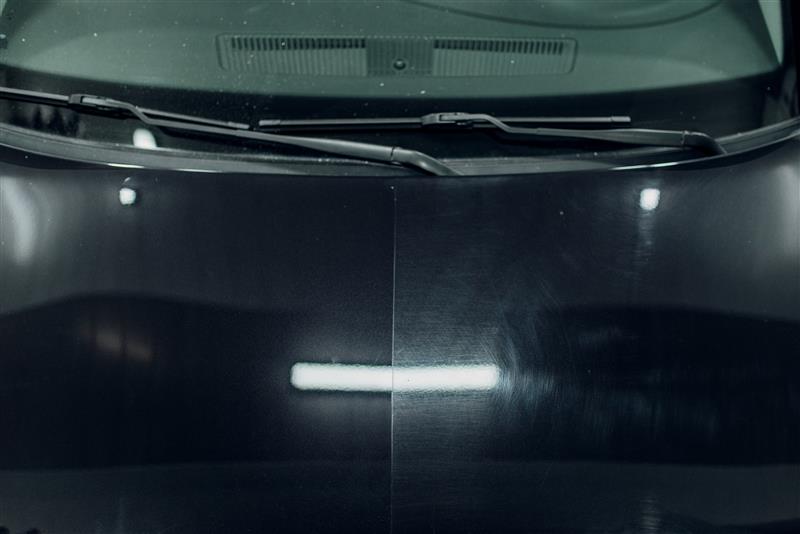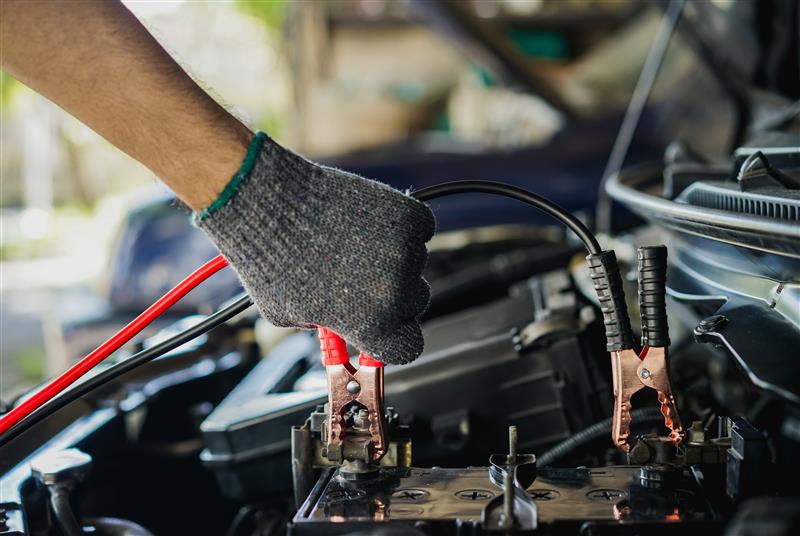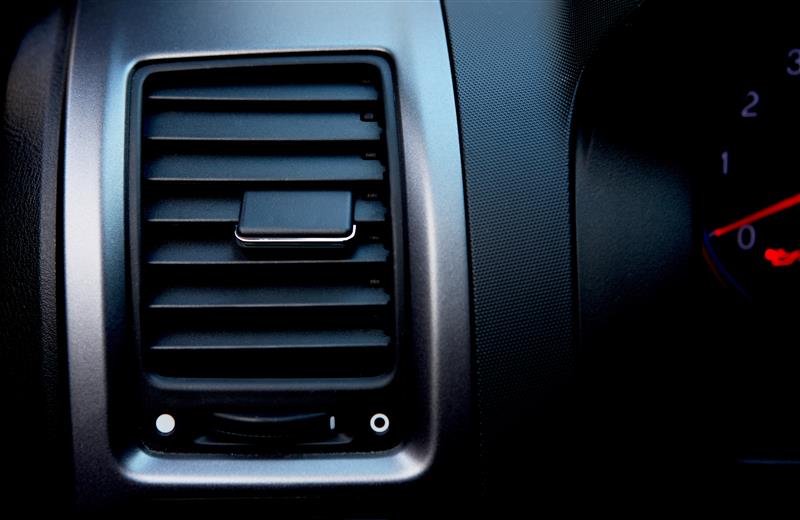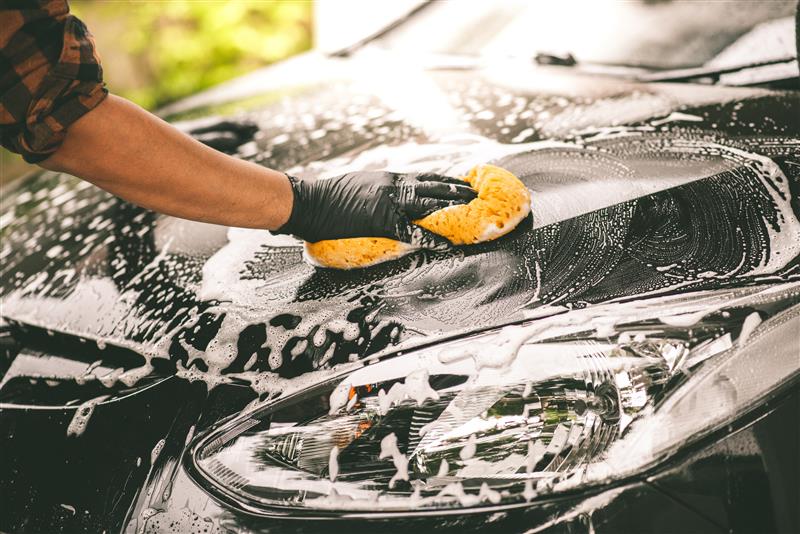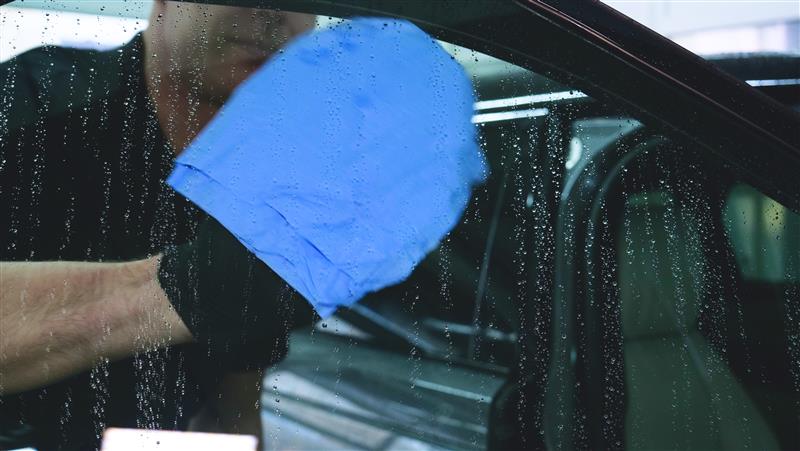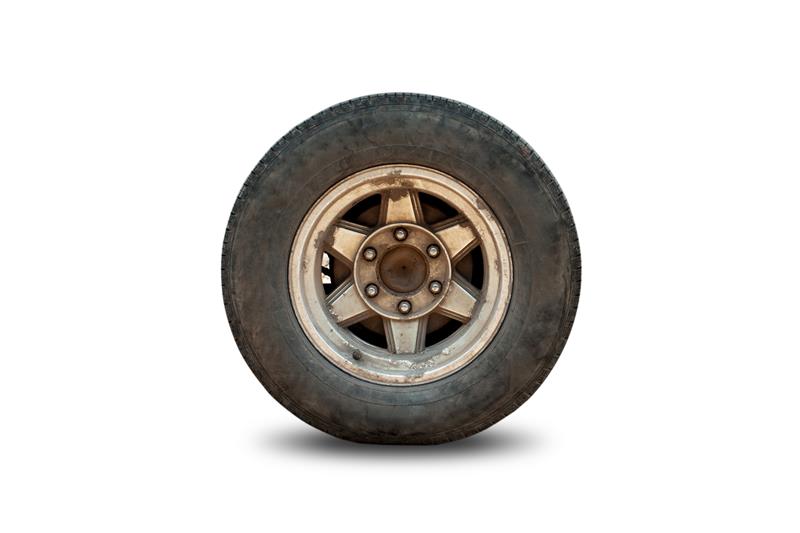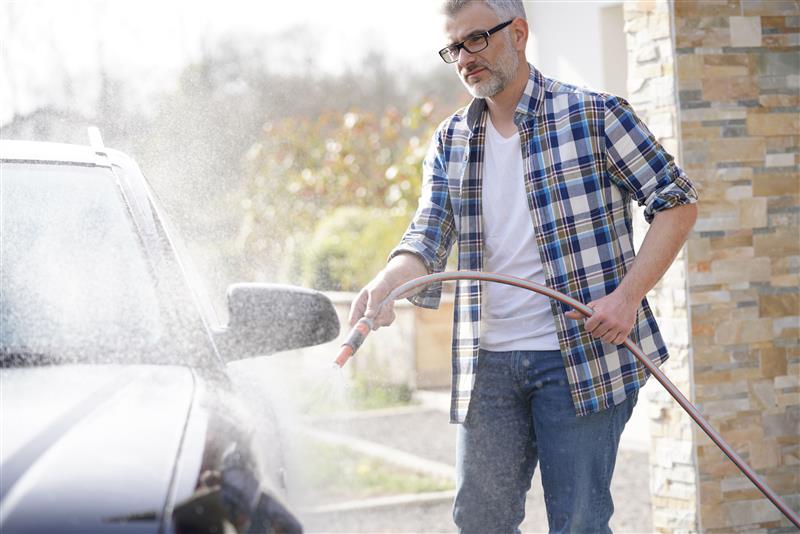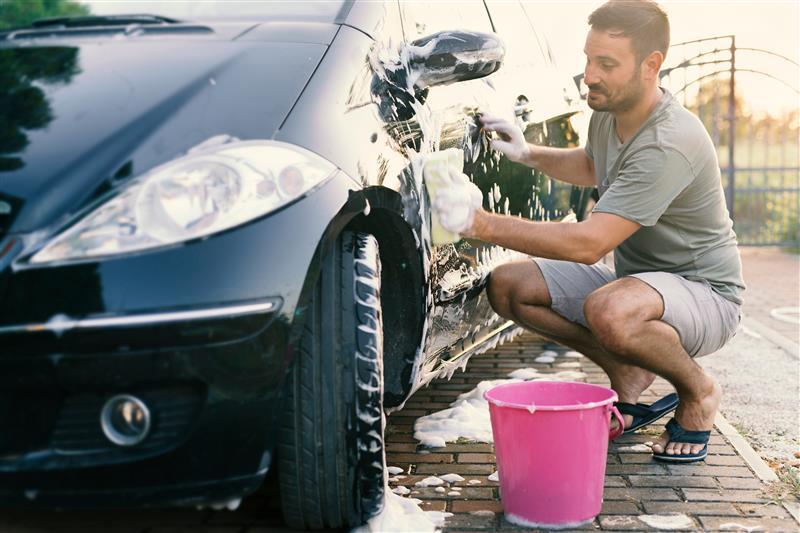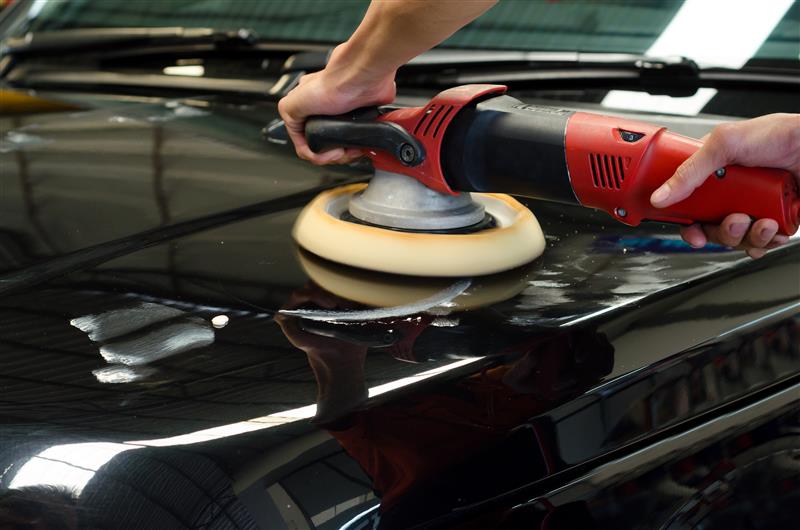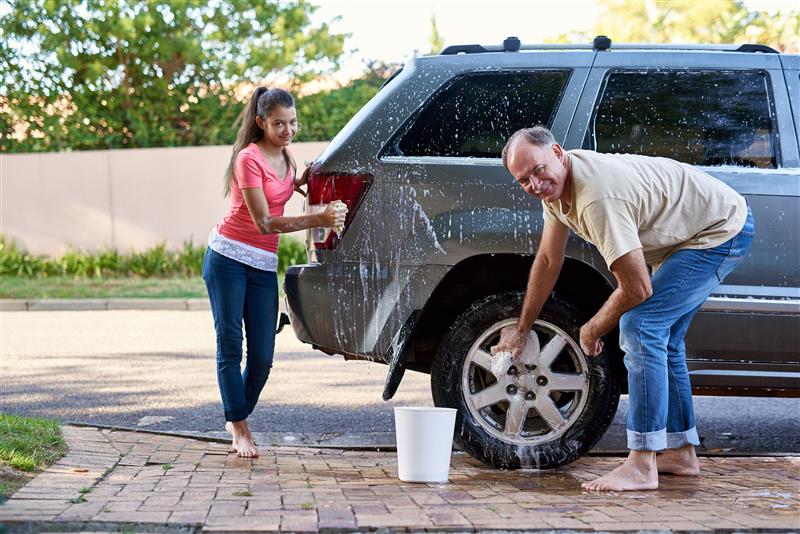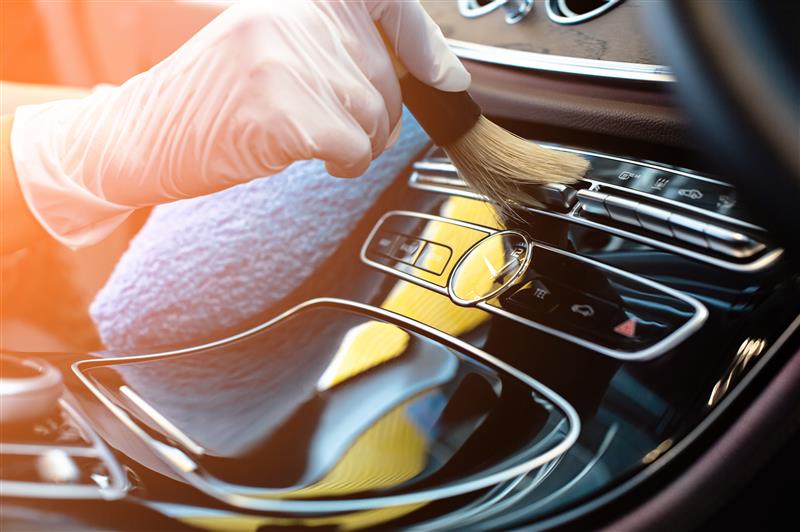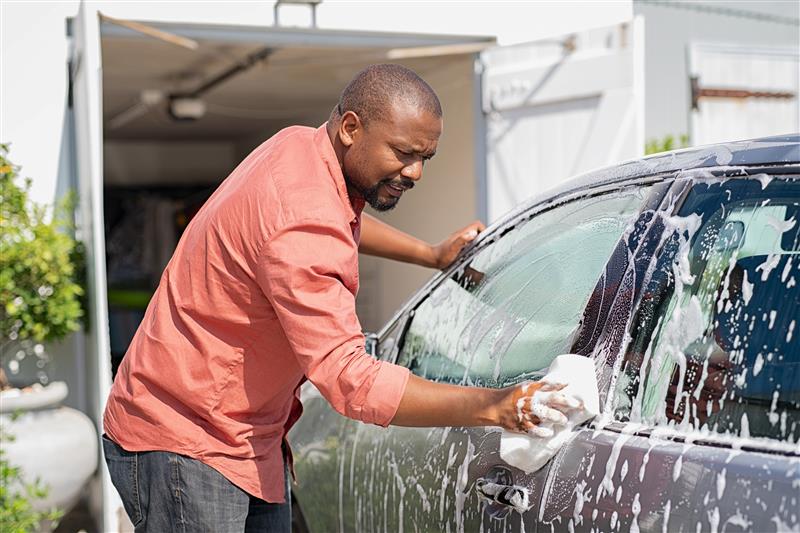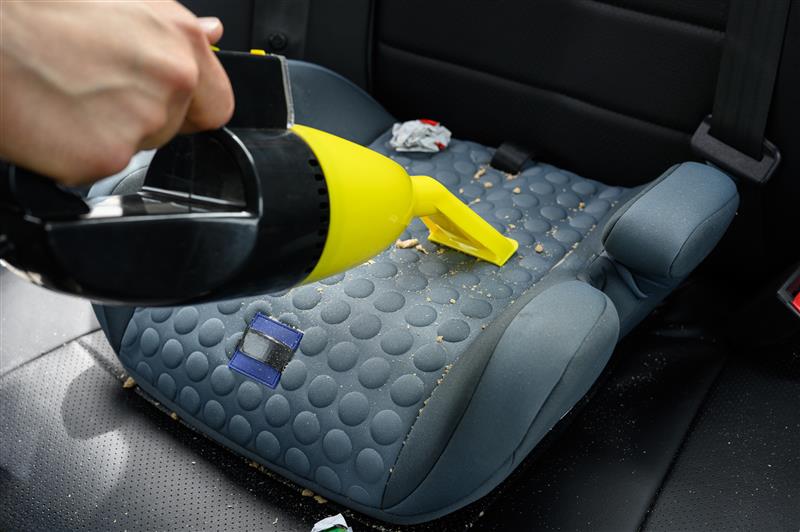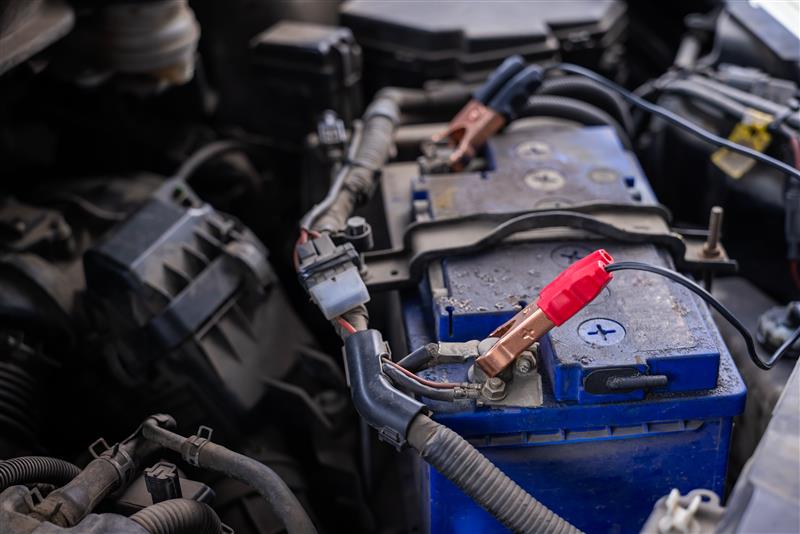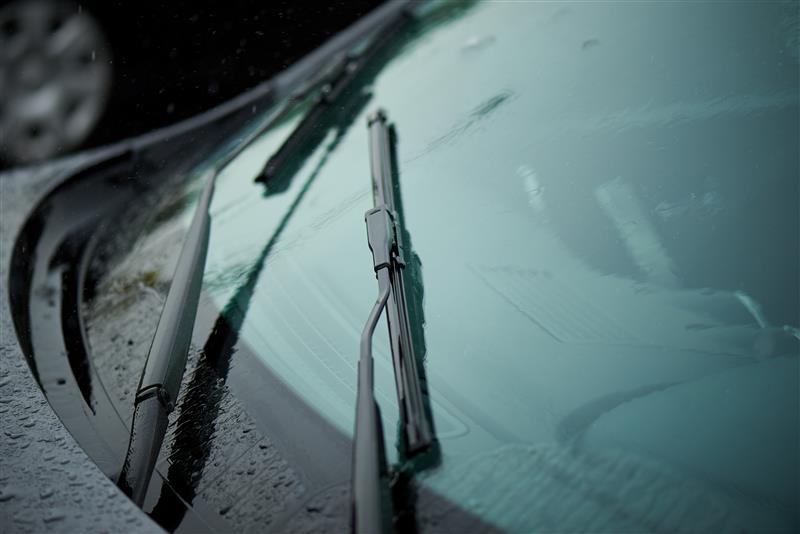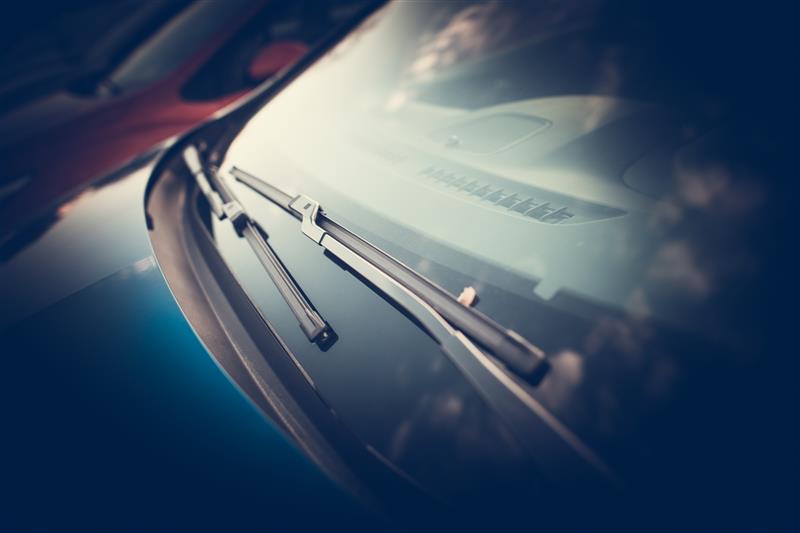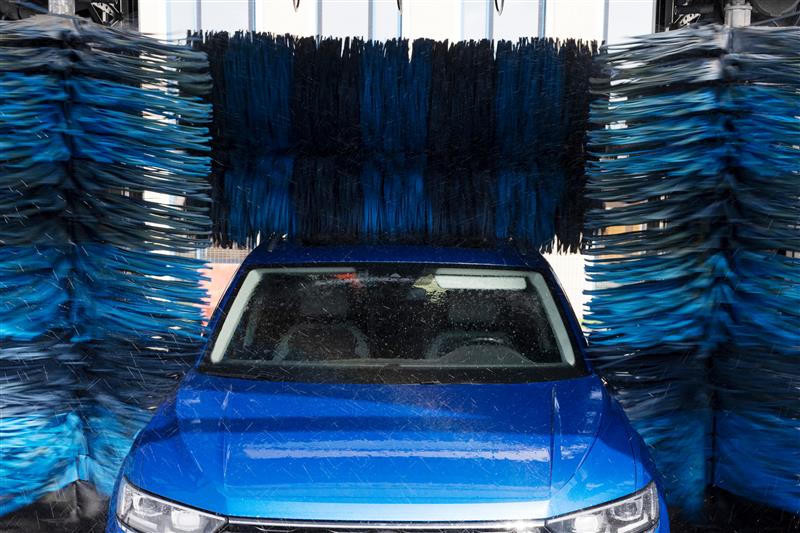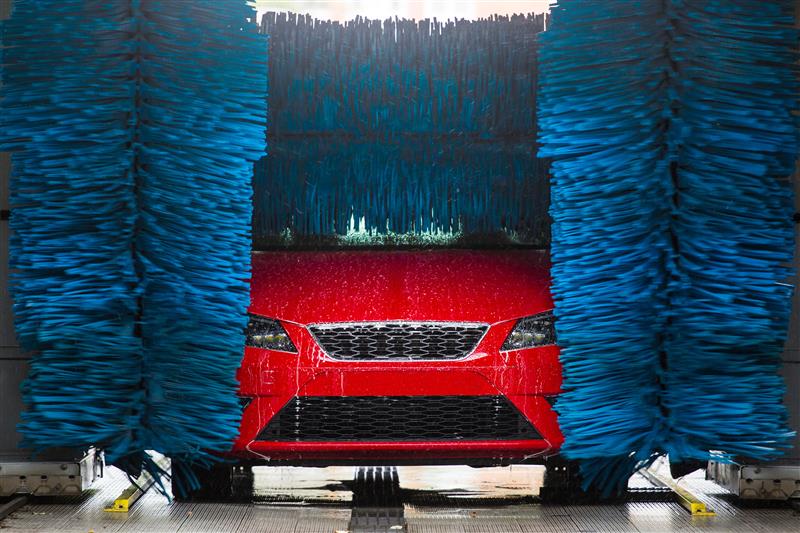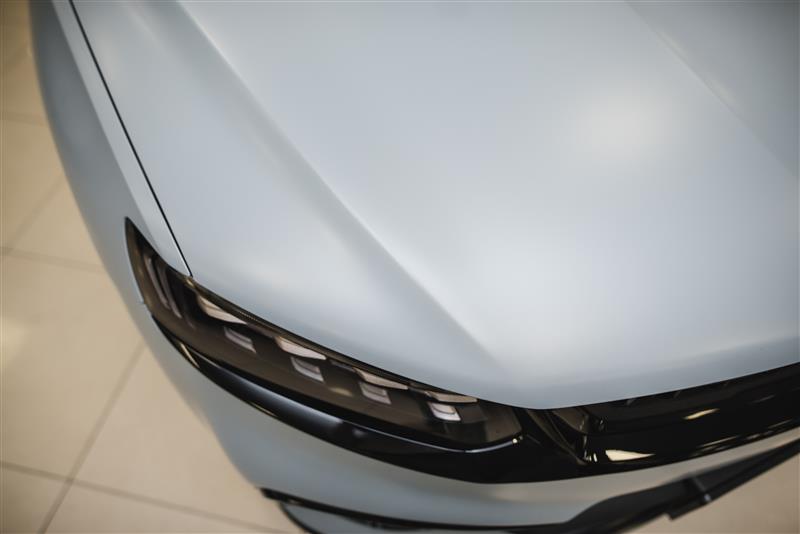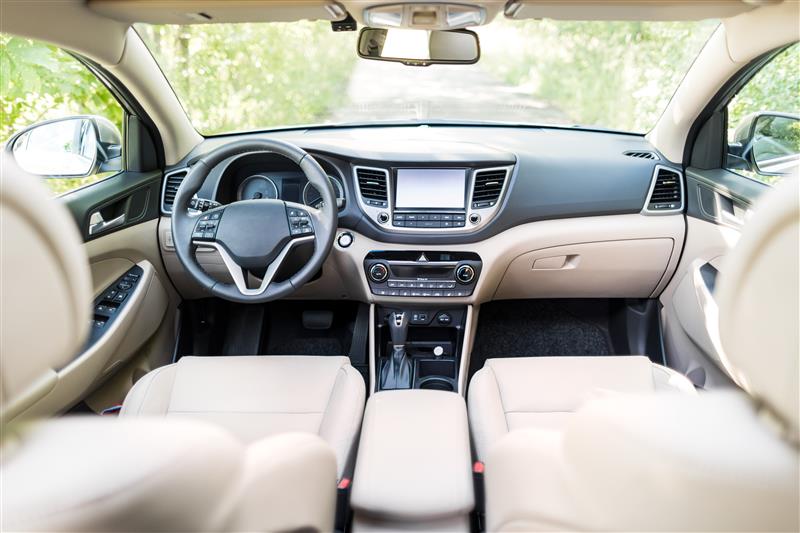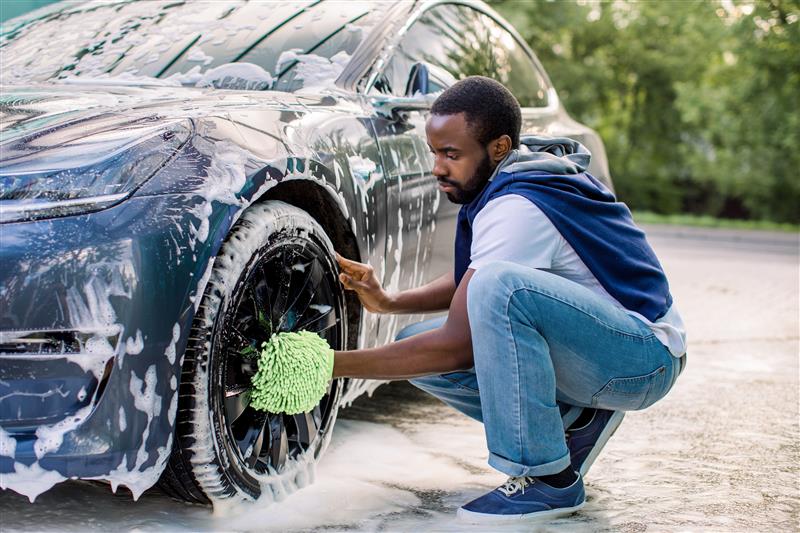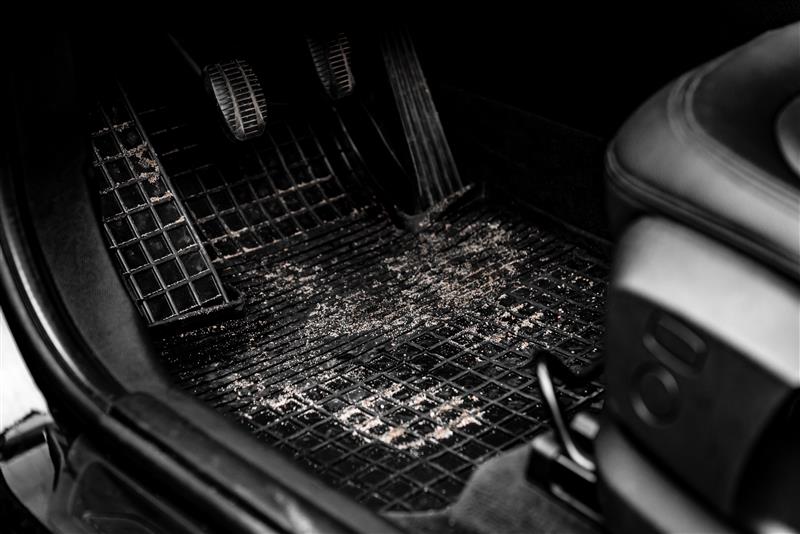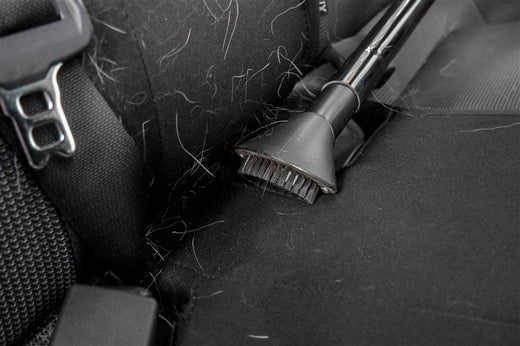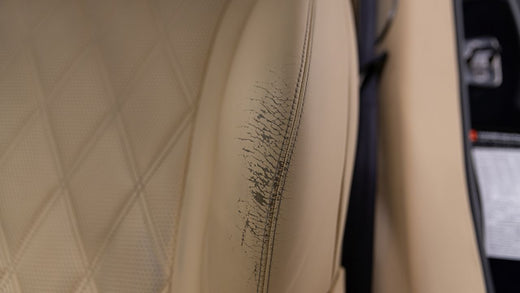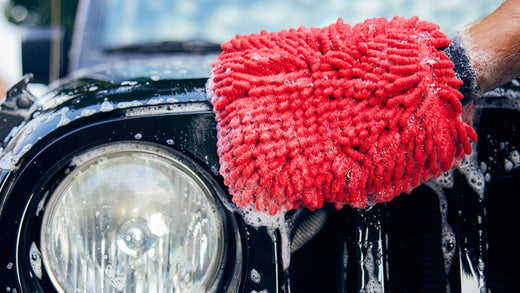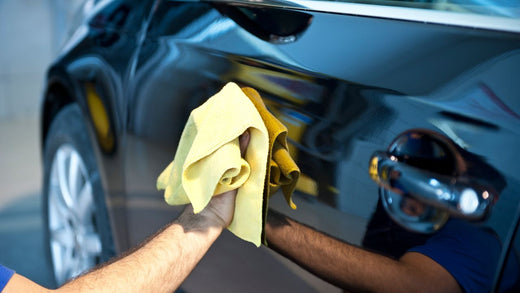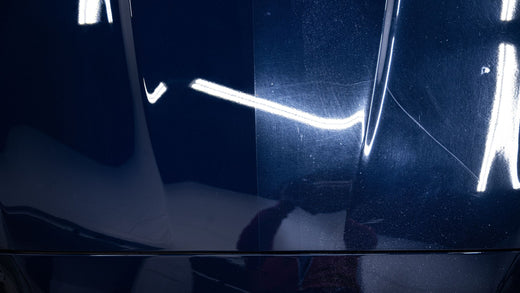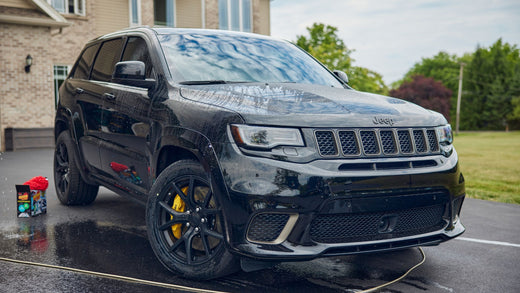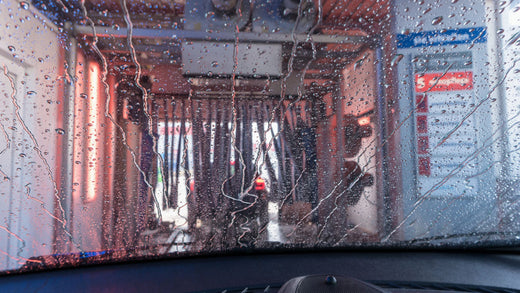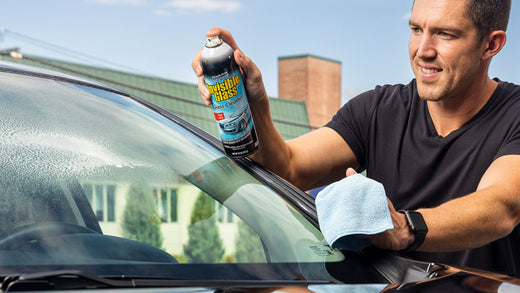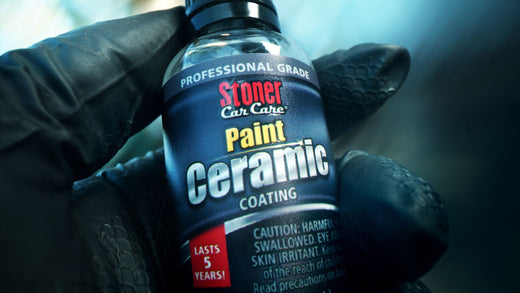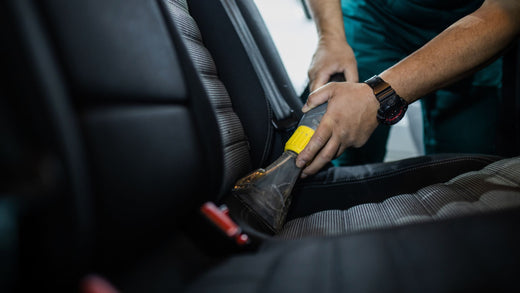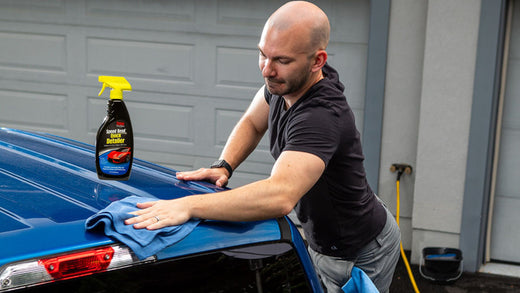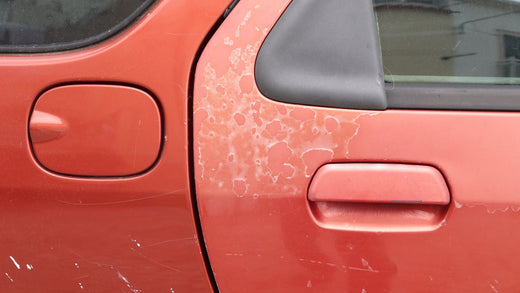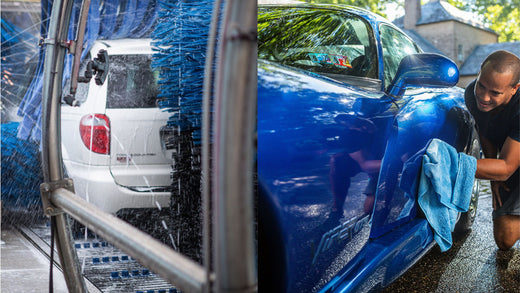Clear vision ahead with our holiday markdowns on Invisible Glass Ceramic Silicone Wiper Blades. Prices as marked.
While the drying phase of a car wash isn’t the most glamorous, it’s arguably the most crucial. Drying with incorrect products or techniques can ruin your newly cleaned car’s appearance or even damage its finish. Before picking up that old towel, read on to learn how to safely and effectively dry after a carwash.
We recommend the following tools for drying your car: Microfiber towels, a large blow dryer, water blades, or synthetic chamois.
Microfiber towels
Microfiber is the most popular automotive detailing cloth available among car detailer and professionals. Detailers rely on microfiber towels for safe product application and absorbency.
Benefits
You can find microfibers at almost any auto supply shop, hardware store, or even supermarket, This, plus the fact that they are inexpensive, makes them the most convenient drying option.
Microfiber towels combine polyester and nylon with microscopic fibers. Microfibers are soft, absorbent, and more wrinkle-resistant than standard wool cloths.
Microfiber cloths are reusable and can last for hundreds of uses when cared for properly. After use, you should machine wash them in warm water, and dry them with these tips in mind:
- Thoroughly clean your dryer’s lint trap before use so the microfiber won’t attract lint unnecessarily.
- Dry microfibers separately from your standard laundry to avoid them clinging to your clothes.
- Use your dryer’s low heat setting.
- Avoid using dryer sheets that may clog your cloths’ fibers and ruin their effectiveness.
Possible drawbacks
Microfiber must be appropriately cleaned and dried to maintain its effectiveness. If you drop a microfiber towel on the ground, clean it thoroughly before using it on any auto surface. The five-second rule doesn’t apply; even a light fall may attract pebbles, dirt, or other debris that could scratch your vehicle.
Techniques for using microfiber towels
Before drying your car with a microfiber towel, dampen another towel and wipe it across your exterior to apply additional lubrication and rinse away any lingering debris or soap. After this, quarter your dry microfiber towel, folding it in half twice to create a small square. A folded microfiber gives you access to multiple fresh surfaces. As one square becomes dirty, flip or unfold your cloth to use a different clean, dry area. Wipe using back-and-forth or side-to-side motions. Avoid circular patterns that may cause water spots or streaks on your finish.
Large blow dryers
Professionals favor large blow dryers as one of the safest, most effortless ways to dry a vehicle. Home detailers often replicate this drying method using household driers and air-blowing devices.
Benefits
Any contact with your car’s surface risks scratching. Large dryers offer zero contact drying and don’t require any pressure, force, or wiping. Drive-in car washes commonly use this method, but it also works with leaf blowers, compressed air, or pet driers.
Air dryers can evaporate water from small, hard-to-reach areas. Your car’s grill, wheels, and door jambs can be challenging to dry with a towel, but forced air can dry these areas quickly and thoroughly.
Possible drawbacks
Air dryers have two drawbacks: upfront cost and the risk of water spots or streaking. A single can of air, the least expensive forced air option, costs more than a dozen microfiber towels. Leaf blowers and pet dryers are even more costly. Still, investing in an air dryer can save you money in the long run by eliminating laundering costs and offering multiple uses around the house.
Air dryers push water off the car rather than absorbing it. Some water may linger, especially if the car lacks a pre-existing wax or sealant layer. Because of this, we recommend spot-drying the vehicle with a microfiber towel after blowing with any forced-air device.
A final drawback: You can’t use an electric air dryer just anywhere. It will only reach as long as its cord allows. Likewise, battery-operated forced air devices will only function when a fully-charged power source is available.
Techniques for air dryers
Dry from the roof of your vehicle downward when using an air-drying device so water doesn’t drip onto already-dried areas of the exterior. Cover the large, open areas first. Once you’ve covered most of the vehicle, open the doors and gas cap to dry any water trapped within.
Water blades
Like squeegees, water blades use a high-grade silicone blade to push water as they glide over your exterior.
Benefits
The softness of water blades allows them to conform to your vehicle. Since little force is required, you minimize the risk of marring delicate surfaces. Water blades are relatively inexpensive, making them an economical option for those who don’t want to spend much money.
Possible drawbacks
Water blades are capable of drying tools but can cause damage if used with pressure. Also, a blade could drag abrasive leftover debris across the exterior if the cleaning process failed to remove it. Proper storage is needed, as dry conditions can cause any water blade to degrade over time.
Techniques for water blades
Water blades best glide over your vehicle's open, straight areas: the roof, windshield, windows, or trunk. We recommend pushing the water off the auto in a straight line, moving the water in one direction as you glide over the surface.
Synthetic chamois
Chamois, around for centuries, is a popular polishing, drying, and buffing cloth that could be commonly found in any household or garage. The word ‘chamois’ refers to the waved material of the towel that gives it a soft, felt-like feel. Traditionally, chamois were made from sheep, deer, or goat skin; synthetics are usually formed from polyvinyl alcohol or non-woven viscose rayon. Though smooth, the material is not as soft as microfiber.
Benefits
Chamois are incredibly efficient at absorbing water, requiring fewer pauses to ring out, and are long-lasting and reusable. For most vehicles, you’ll only need one chamois towel to dry it entirely.
Drawbacks
Chamois are more expensive than microfiber towels, making them less budget-friendly. One of the most significant drawbacks of chamois is that they can dry hard if not cared for properly, making them more challenging to use and more likely to scratch auto surfaces.
Techniques for chamois
Chamois are incredibly user-friendly, but it’s crucial to know how to use them properly. The cloths must be wet before use, so place your chamois on the hood of your car and wet it with your hose. Wring it out and soak it several times to loosen it up. Before wiping, ensure a good amount of water is on your exterior. Wring out your cloth and place it flat on the vehicle's far side. Drag it towards you without applying pressure – you won’t need it. Wring and repeat, working from the top to the bottom of the vehicle.
Additional drying tips
Regardless of the tool you use, the tips below will save you trouble and time while drying your vehicle:
Dry quickly on a warm or sunny day
Particularly warm or sunny days may complicate your drying process. If you’re working in high temperatures or bright sunshine, dry the vehicle while cleaning it. Focus on one body panel at a time, cleaning and drying it before moving on to the next.
We have you covered with blog posts if you have to detail on a hot day or remove stubborn water spots.
Drying aids are your friend
Drying aids can help provide additional lubrication to your exterior, repelling water and allowing your microfiber towel to glide easily over the surface. These aids typically come in a spray bottle and can help speed up the drying process if you’re short on time.
Ceramic coatings will save you time
Take time post-cleaning to apply a ceramic coating. Ceramic coatings are hydrophobic and repel water. You won’t have to wipe away any water as it’ll run off your vehicle. The safest drying method would combine a ceramic coating with an air blower. No-contact drying plus a slick, water-repellent surface would add up to a fast, nondamaging, spotless dry for your car.
Dry with confidence
Drying isn’t the most glamorous part of detailing your ride, but it’s crucial for the overall appearance of your post-wash vehicle. Any of these tools, combined with the proper technique, will allow you to hit the road with a spotless finish: Microfiber towels, a large blow dryer, water blades, or synthetic chamois. Dry with confidence to a brilliant, spot-free shine!

